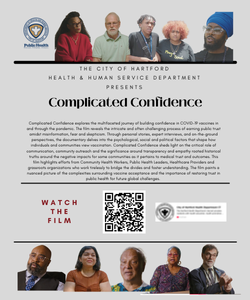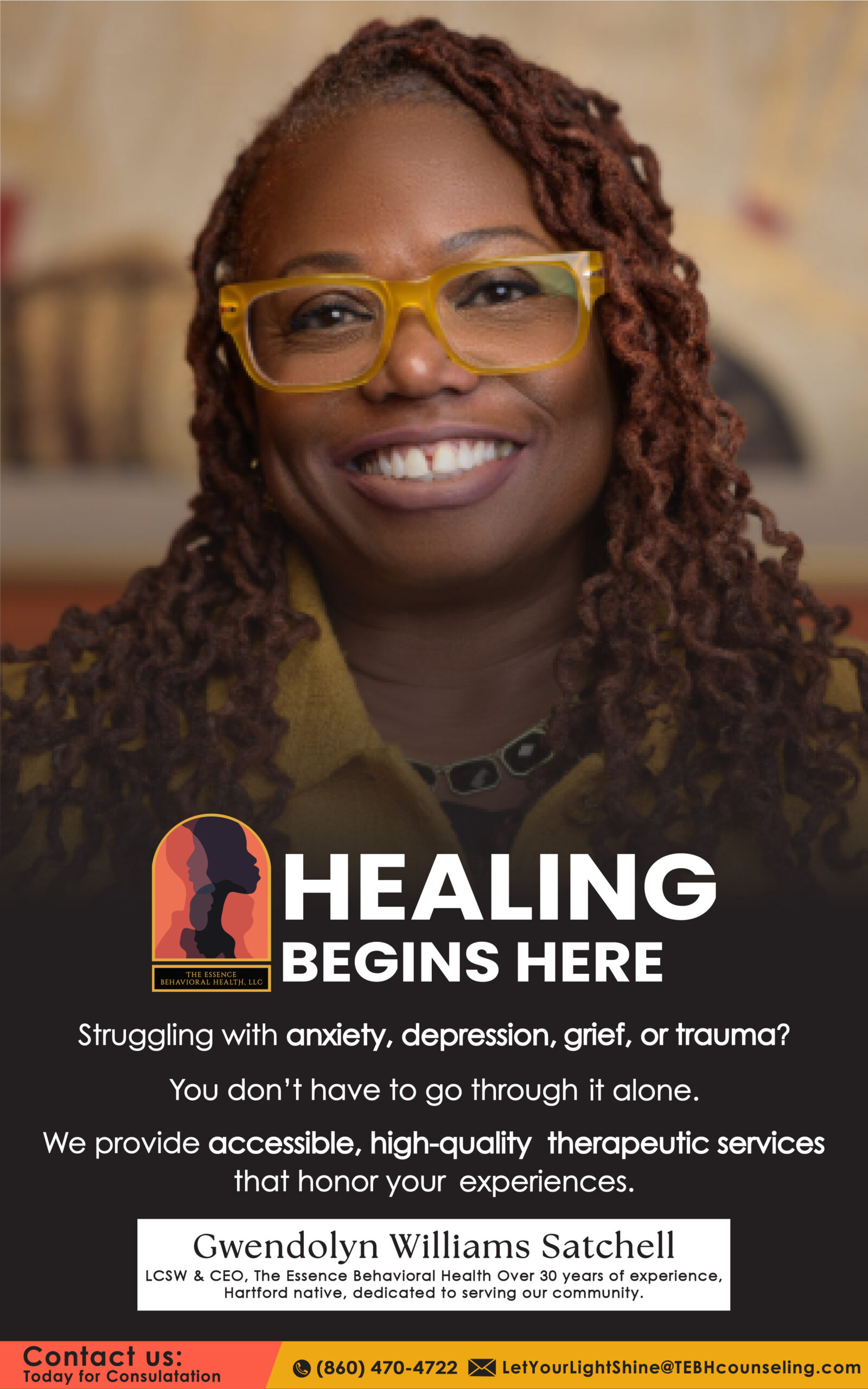By Jennifer Porter Gore, Word In Black
Every day, 5,500 people in the U.S. hear the words, “You have cancer.” But Dr. Robert Winn says the sentence, and the anxiety it produces, obscures big news: from 1991 to 2022, national cancer death rates dropped significantly, resulting in approximately 4.5 million fewer cancer deaths.
That means this November we’ll have “34% more people showing up to Thanksgiving dinner in 2025 than we did in 1995,” says Winn, director of Virginia Commonwealth University’s Massey Comprehensive Cancer Center.
Despite these improvements, though, after heart disease, cancer remains the second-leading cause of death for Black adults, with about 250,000 new cases and 73,000 deaths projected this year alone.
Closing the Racial Gap in Cancer Deaths
The progress in cancer fatalities cuts across racial lines, with particular improvement for Black men — who’ve seen a 49% drop in cancer mortality since the 1990s, the steepest decline of any group. The overall racial gap in cancer deaths between Black and white Americans has also narrowed dramatically, from 33% higher mortality among Black patients in 1993 to just 10% higher in 2022.
People might “argue that more people are eating kale and drinking carrot juice and exercising, which is the reason for this decline, but I don’t think so,” Winn says. Instead, he believes “a combination of prevention, screening, new medicines, clinical trials, and other things has resulted in almost everyone benefiting.”
Tobacco, Testing, Clinical Trials
Winn and other public health experts also say that reduced smoking rates among Black youth due to tobacco cessation and education programs contribute to the progress being made.
Increased screening of Black people for cancers that affect them most, like lung, breast, prostate, and colorectal cancers, has had an impact, Winn says, as well as “clinical trials, which have also increased over the last 30 years — really makes a difference.”
Southern Cancer Centers Unite
In 2022, VCU’s Massey Comprehensive Cancer Center, the Medical University of South Carolina’s Hollings Cancer Center, and the University of North Carolina’s Lineberger Comprehensive Cancer Center secured a four-year, $3 million grant from Stand Up To Cancer® to establish the Southeastern Consortium for Lung Cancer Health Equity, which Dr. Winn also directs.
The effort builds on those institutions’ years-long community outreach and engagement, with a goal of developing community-based interventions that could reduce lung cancer disparities among Black Americans. The plan included increasing Black patients’’ participation in cancer clinical trials, developing advocacy group collaborations and funding research designed to improve cancer outcomes and screening rates in medically underserved communities.
The cancer centers have built alliances within communities and cultivated infrastructure that addresses healthcare disparities, which create barriers to cancer prevention and treatment. Each of the three institutions partners with local federally qualified health centers, which provide primary care in underserved areas.
Guiding Patients Through the System
The FQHCs employ community navigators — nurses and financial experts who guide patients through lung cancer screening. They also provide education and support for patients undergoing treatment.
Raising awareness about how clinical trials help advance cancer treatment and how patients can participate, is also a goal. FQHC accomplishes this by challenging conventional wisdom: that Black Americans don’t participate in medical clinical trials because they don’t trust the researchers conducting them.
“It turns out that that’s not actually all the truth,” Winn says. “Part of the truth is the health system simply doesn’t ask them,” Winn says.
“What the new literature says is that when you appropriately ask [and] when you craft the message in which you have taken time to understand that community, you will actually increase the rates of people saying yes to getting screened in trials.”
Winn says he’s feeling “pretty good” about the Stand Up To Cancer grant “because, you know, the numbers don’t lie. We make the science approachable and accessible because we actually have created the message, not with just us, the scientists, but with the people from the neighborhood.”
Innovating for the Future
The cancer centers also created a biobank that is one of the largest repositories of clinical data and patient samples of Black Americans at risk for or diagnosed with lung cancer.
“Looking at the potential of the next couple of years, I would say that it is well within our grasp to get 50% fewer people in America dying from cancer,” Winn says.
“If we continue to focus our efforts, focus our science to make sure and ensure that the [improved] science benefits everybody, including people around that I-95 and our rural areas all we need to have is the science of understanding how to get to even more communities if we want to get to that 50% mark.”
This editorial was originally published in Word In Black.





